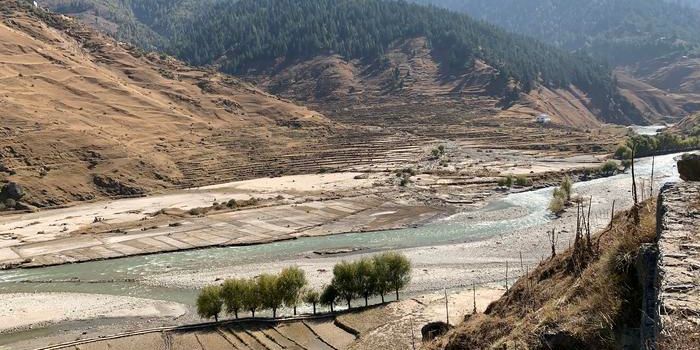New Assessment Reveals Plants Absorb 31% More CO2 Than Previously Estimated
How much carbon dioxide (CO2) do plants absorb from the atmosphere? This is what a recent study published in Nature hopes to address as a team of researchers investigated what’s known as the Terrestrial Gross Primary Product (GPP), which measures the amount of CO2 that photosynthesis removes from the atmosphere. This study holds the potential to help researchers, climate scientists, legislators, and the public better understand the role that plants play in reducing carbon emissions, along with mitigating the effects of climate change worldwide.
“Figuring out how much CO2 plants fix each year is a conundrum that scientists have been working on for a while,” said Dr. Lianhong Gu, who is a distinguished research scientist at the Oak Ridge National Laboratory (ORNL) and a co-author on the study. “The original estimate of 120 petagrams per year was established in the 1980s, and it stuck as we tried to figure out a new approach. It’s important that we get a good handle on global GPP since that initial land carbon uptake affects the rest of our representations of Earth’s carbon cycle.”
Petagrams are the standard measurement used for GPP, with one petagram equaling 1 billion metric tons, and the latter being the amount of CO2 discharged from the total number of gas-powered passenger vehicles in the world, which is approximately 1.4 billion.
For the study, the researchers used computer models to estimate the amount of carbonyl sulfide (OCS) that travels from the atmosphere to plants. The reason for studying OCS is its ease of monitoring compared to CO2 with the goal of the study estimating how much OCS contributes to photosynthesis. In the end, the researchers discovered that GPP was estimated to be 157 petagrams of carbon annually, which is approximately 31 percent higher than 40-year-old models, which estimate GPP at being 120 petagrams of carbon annually.
“Nailing down our estimates of GPP with reliable global-scale observations is a critical step in improving our predictions of future CO2 in the atmosphere, and the consequences for global climate” said Dr. Peter Thornton, who is a Corporate Fellow and Section Head for the Earth Systems Science Section at ORNL and a co-author on the study.
Going forward, the team hopes their new estimate could help put constraints on Earth systems models, thus enabling more accurate predictions regarding the future of climate change worldwide.
What new discoveries about the amount of CO2 that plants absorb will researchers make in the coming years and decades? Only time will tell, and this is why we science!
As always, keep doing science & keep looking up!
Sources: Nature, EurekAlert!, Oak Ridge National Laboratory
Featured Image: Observation tower in Panama designed to collect data on the forest’s carbon cycle. (Credit: Jeffrey Warren/ORNL, U.S. Dept. of Energy)








